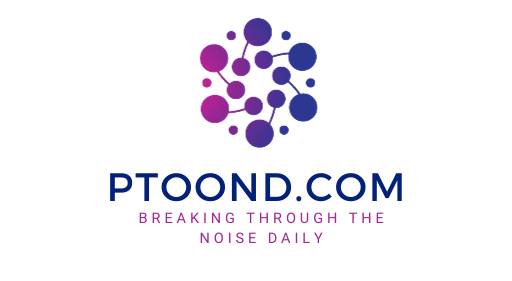types of substrates do you typically use in Pcba manufacturing
In PCBA (Printed Circuit Board Assembly) manufacturing, the choice of substrate plays a crucial role in determining the performance, reliability, and cost-effectiveness of the final product. Substrates serve as the foundation for electronic components, providing mechanical support and electrical connections within the PCB (Printed Circuit Board). Various types of substrates are available, each with unique characteristics and suitability for different applications in the electronics industry.
One of the most commonly used substrates in pcba manufacturing is FR-4, a fiberglass-reinforced epoxy laminate. FR-4 is valued for its excellent electrical insulation properties, mechanical strength, and affordability, making it suitable for a wide range of applications, from consumer electronics to industrial equipment. FR-4 PCBs offer good thermal stability and dimensional accuracy, making them well-suited for high-temperature environments and applications requiring tight tolerances.
Another popular substrate material used in PCBA manufacturing is flexible printed circuit boards (FPCBs). FPCBs are made from flexible materials such as polyimide or polyester, which allow them to bend and conform to irregular shapes or tight spaces. This flexibility makes FPCBs ideal for applications such as wearable devices, automotive interiors, and medical equipment, where space constraints and mechanical flexibility are critical requirements.

What types of substrates do you typically use in Pcba manufacturing?
In addition to FR-4 and FPCBs, metal core PCBs (MCPCBs) are another type of substrate commonly used in PCBA manufacturing. MCPCBs feature a metal core, typically made from aluminum or copper, which provides superior thermal conductivity compared to traditional substrates. This makes MCPCBs ideal for applications requiring efficient heat dissipation, such as LED lighting, power electronics, and automotive components.
Ceramic substrates are also widely used in PCBA manufacturing for applications requiring high thermal conductivity, excellent electrical insulation, and mechanical stability. Ceramic substrates, typically made from materials such as alumina (Al2O3) or aluminum nitride (AlN), offer superior thermal performance compared to traditional substrates, making them suitable for high-power applications, RF/microwave circuits, and semiconductor packaging.
Furthermore, high-frequency PCB substrates are specifically designed to meet the demanding requirements of RF (radio frequency) and microwave applications. These substrates are engineered to minimize signal loss, impedance mismatch, and electromagnetic interference (EMI), allowing for optimal performance in wireless communication systems, radar systems, and satellite communications.
Advanced substrates, such as liquid crystal polymer (LCP) and polytetrafluoroethylene (PTFE), are also gaining popularity in PCBA manufacturing for their unique properties. LCP offers exceptional electrical performance, dimensional stability, and chemical resistance, making it suitable for high-speed digital and RF applications. PTFE, known for its low dielectric constant and loss tangent, is often used in high-frequency and microwave applications where signal integrity is critical.
In conclusion, PCBA manufacturing utilizes a variety of substrates to meet the diverse needs of different applications and industries. From traditional materials like FR-4 to advanced substrates like FPCBs, MCPCBs, ceramic substrates, and high-frequency PCBs, each substrate offers unique characteristics and advantages that cater to specific requirements in terms of performance, reliability, thermal management, and cost-effectiveness. By understanding the properties and applications of different substrates, manufacturers can select the most appropriate material for each PCB assembly, ensuring optimal performance and customer satisfaction.
